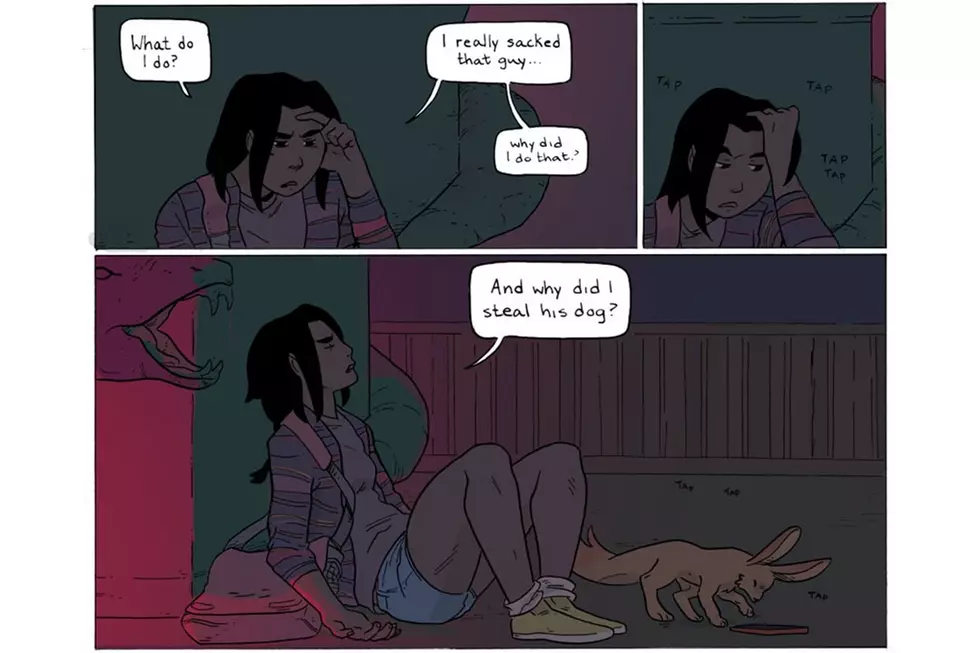
Imaginary Friends Turn Fiends In Brecht Evens’ Harrowing ‘Panther’
I just read one of the most remarkable comics that I've experienced in recent memory and, as is often the case when I read a really great comic, I wanted immediately to tell everyone about it and suggest they seek it out to experience it for themselves.
When I sat down at my computer to do just that, however, I found that this particular book, Brecht Evens' Panther, presents a challenge to the critic. The subject matter is as dark and disturbing as it can get, but a large part of the book's power is the way that Evens only very gradually reveals what's really going on. Panther seems slightly off, then hints, then suggests, and ultimately demonstrates that something sinister and sickening is going on, before a somewhat equivocal ending that implies it's far worse than one initially thought.
So when exactly does a trigger warning become a spoiler? Knowing what Panther is about robs it of its tonal shock, but ignorance of the narrative gut-punches ahead could lead readers who would rather avoid the topic entirely to find themselves facing some of the toughest stuff to deal with.
Perhaps a reader should take this as forewarning, then, and consider themselves forearmed as I lay out exactly what this book is about. This is the best, most accessible, most compelling comic from the Belgian cartoonist responsible for The Wrong Place and The Making Of.... It is also a book about the sexual abuse of a child.
Young Christine lives alone with her father and beloved but sick cat, Lucy. When Lucy goes to the vet and never comes back, Christine is despondent, until she receives a visit from a new feline friend. The bottom drawer of her dresser opens of its own accord and a cloud of magical, colorful spots seep out. And then out steps a huge leopard wearing a waistcoat and bow tie.
This is Panther, crown prince of magical Pantherland, and he has come because he heard Christine crying. Over the next nine pages pages he regales Christine with tales of Pantherland until she falls asleep. Brecht's borderless water colors --- there are no physical panels, only implied ones --- grow in number throughout the sequence, the characters' dialogue similarly unconstrained by dialogue bubbles, but floating above them, and distinguished by style. (Panther speaks in green cursive, Christine in tight, story book red.)
To call Brecht's Panther character amorphous is to sell it short. He looks different in every single image. Not only does his coloration and species seem to change --- this leopard really can change his spots --- but so too does the style in which he's drawn. He'll look like different cats from throughout fine art and pop culture history. He resembles ancient statuary or a heraldic symbol, but he's also the Pink Panther, The Cheshire Cat, Bill Waterson's Hobbes, Tex Avery's cartoon cats, a Maurice Sendak Wild Thing, and deliriously on and on.
Throughout this initial sequence, it's clear the lengths that Panther is going to in order to make Christine happy, changing his stories about Pantherland on the spot to suit her whims, reversing himself if they seem too scary or to offend her sensibilities. It ends oddly, with a full-page splash of the large, now dark Panther regarding the sleeping Christine, and the now dark room full of the abstracted shapes of overlapping one another, with Brecht's cartooning of the previous pages resulting in a piece of art of the sort that one is more likely to find in a gallery than a comic book.
Things get weirder still when Christine's stuffed animal Bonzo disappears... and then returns, out of the drawer from Pantherland, but quite different, quite changed. "Let's fool around!" he declares during a tea party, and Panther hushes him. Bonzo is weird and violent, and has an unhealthy interest in Christine, with none of the subtlety or imagination of Panther.
Things come to a horrifying head on Christine's birthday, when a small contingent of bizarre visitors from Panteherland emerge from the drawer to have a party with Christine, and they are all terribly unsuited to Panther's particular game. This culminates in the only on-page scene of abuse that Evens actually depicts, rather than implies.
As I mentioned, the book's final pages are more disturbing still, as it becomes clear that Panther may be only the imaginary aspect of a real character in the story, and we watch him retreat into the portal to Pantherland, where he transforms into abstracted black and white shapes that coalesce into tiger stripes.. An almost hidden fold-out page reveals Pantherland itself, in all it's brilliantly-colored, obsessively detailed glory.
It's a tour de force of a sequential art story --- and with Evens, the "art" in the term "sequential art" should be taken to mean fine art as well as cartooning --- though the subject matter ensures that this is not a book for everyone. If you can face it, though, you should read it. As Vladimir Nabokov proved long ago with prose, a work can still be a masterpiece, even if its subject matter is reprehensible.
I don't know that I'd go so far as to compare Panther to Lolita, of course, aside from noting that they are both excellent works about monsters. But is Evens' latest work a masterpiece? It's a strong word that a critic should always be careful in breaking out, but I think Panther earns it.
More From ComicsAlliance
![‘Night Animals': Where the Wild Watercolors Are [Preview]](http://townsquare.media/site/622/files/2011/05/night-animals.jpg?w=980&q=75)

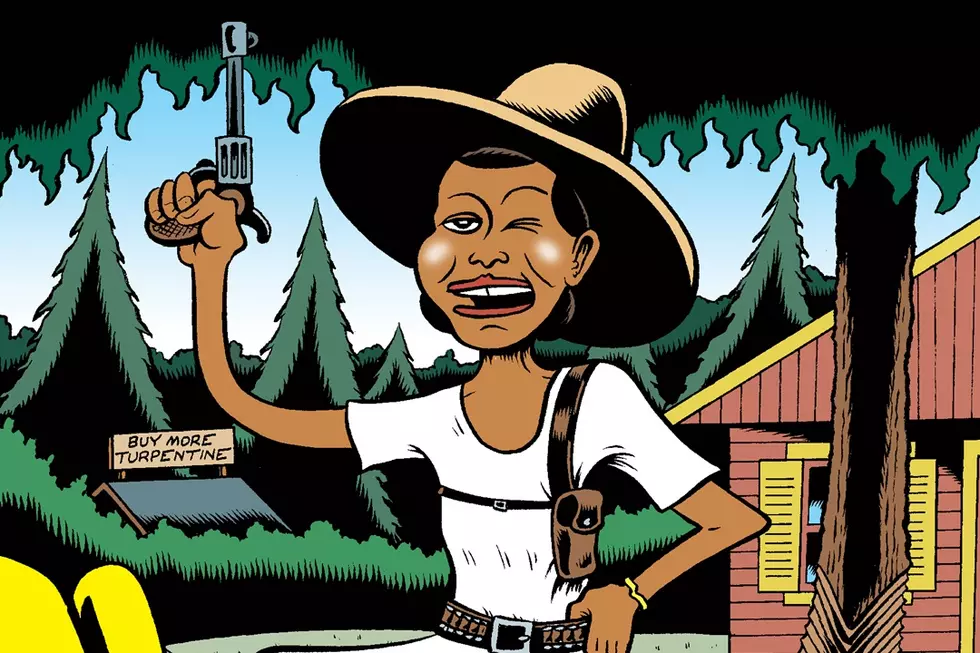
![The Boys Are Back in Town With Marvel Legends’ New Guardians of the Galaxy Figures [Review]](http://townsquare.media/site/622/files/2017/03/IMG_2839.jpg?w=980&q=75)
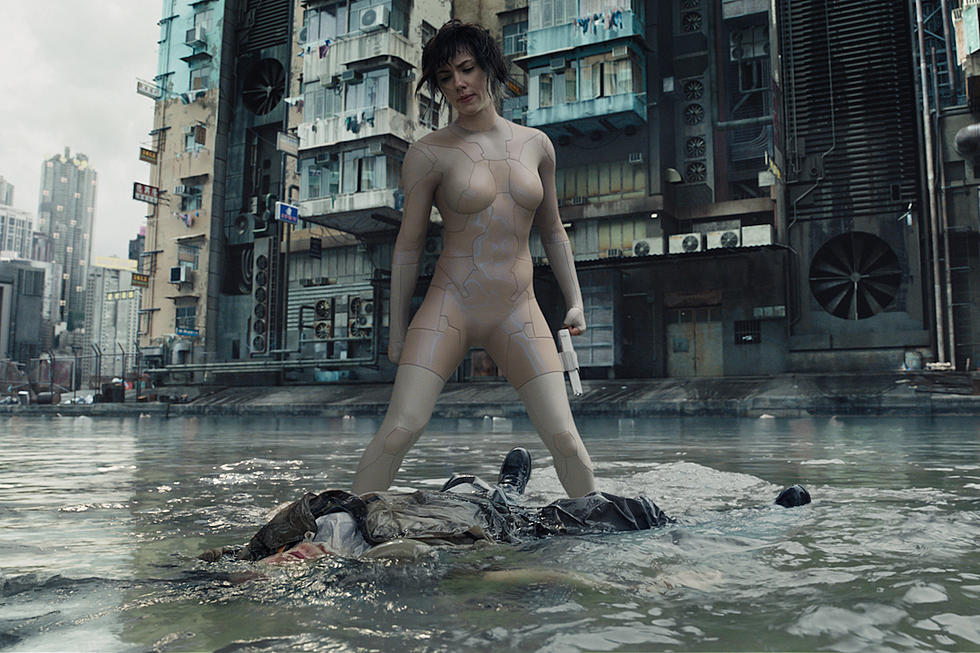
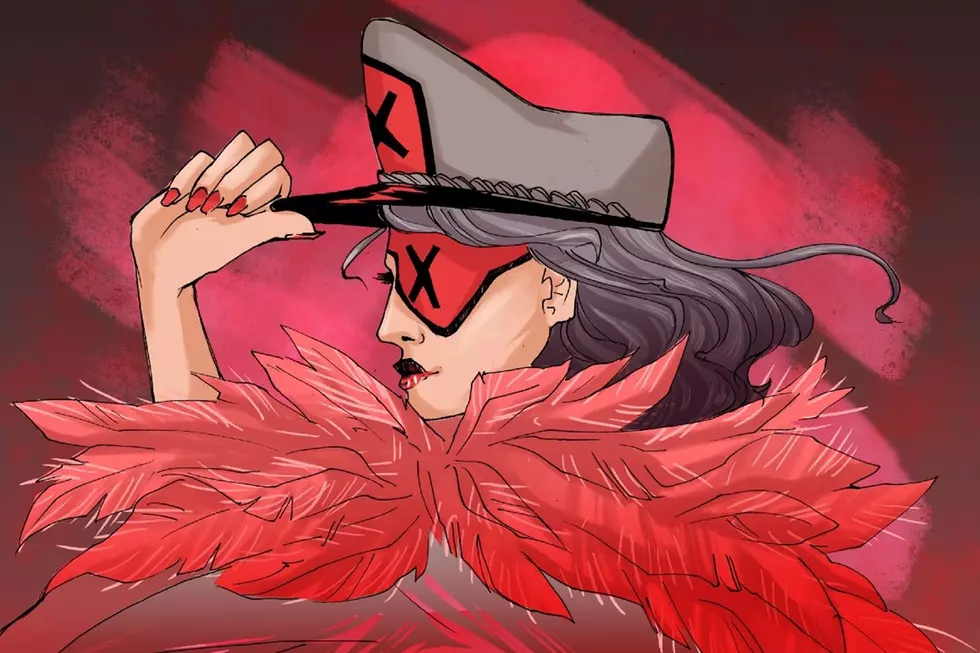
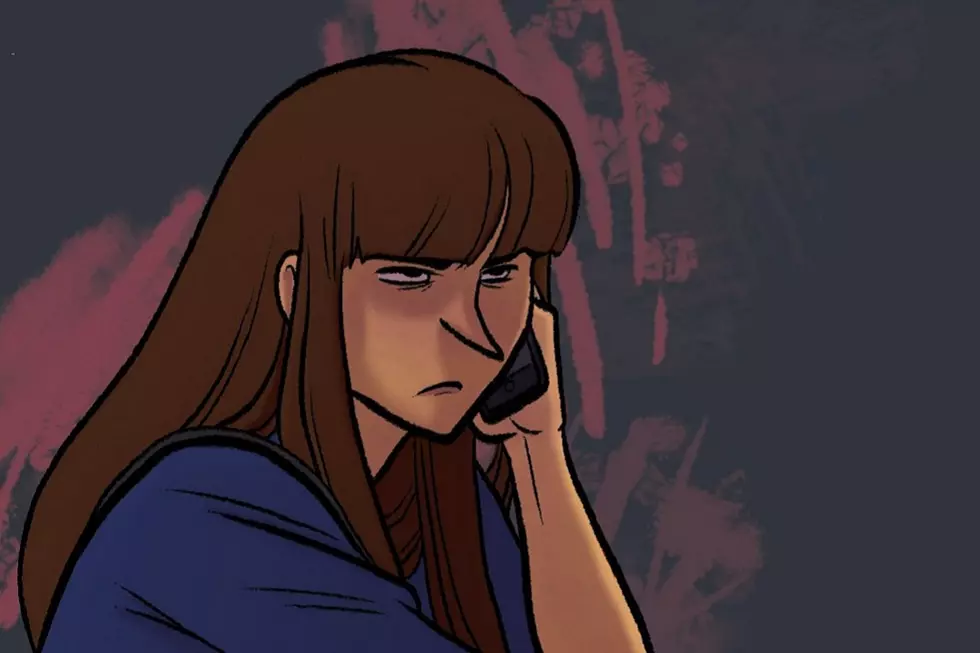
![Jesse Quick Serves Shakes in Style as the Newest DC Bombshells Statue [Review]](http://townsquare.media/site/622/files/2017/03/IMG_2825.jpg?w=980&q=75)
